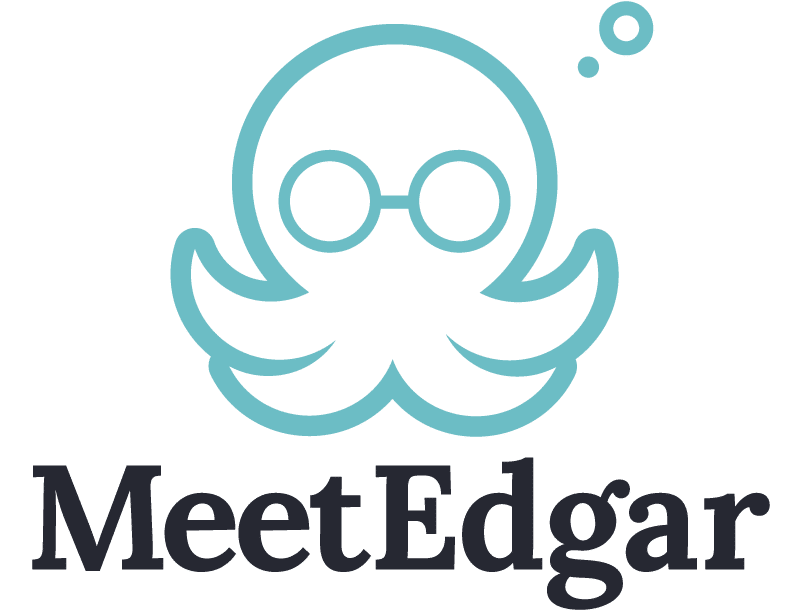
It’s 2005, and Laura Roeder has just graduated from the University of Texas… Twitter doesn’t even exist yet.
What’s next?
She starts out by simply designing websites for clients and helping businesses use Facebook’s new “Pages” feature to build an audience to find customers.
Fast forward seven years, and Laura’s social media business has expanded to provide agency like services and sell digital product such as courses and eBooks.
Laura’s first online course launched in 2009, it was called: “Your Backstage Pass To Twitter” and grossed a modest $3,000 in sales.
It was only in 2014, that Laura teamed up with her husband Chris to solve a problem that her customers were facing, that wasn’t addressed by current social media software solutions.
MeetEdgar reached 2,922 paying customers with MRR of $144k within 13 month, hit the INC 5,000 list in 2018 and now have an estimated annual run rate of $3m with 5,000 paying customers.
Agency To Info Course To SaaS
This is hands down the most profitable, reliable and sustainable strategy for building a SaaS business.
And how did Laura leverage this?
During her time providing web design and social media services (Agency) as part of LKR Social, Laura developed a system and started teaching others (Info Course) about how to be effective at social media.
This system involved manual work and spreadsheets: its core approach was to build a database of your content that you can refer back to and continuously post through your social channels, driving traffic back to your site.
Simple Facebook Ad Copy Strategy
Most people don’t kick off with paid until they either:
- Raise cash
- Make a bunch of revenue
But remember, Laura has already “made a bunch of revenue” from launching Edgar to the LKR Social email list, giving Edgar a boost from day one.
Think about it: Edgar’s functionality is slightly different from normal social scheduling tools and if a person is already paying for one of these tools… they would probably be more likely to pay for another than someone who has never paid for a social media tool.
Therefore, Edgar took to Facebook Ads to target people interested in existing social tools – this is step one.
Secondly, they also knew that their persona was an early adopter, someone who was already paying for a social media tool back in 2014, must have been.
Using this targeting and ad copy that simply said: “Here’s a new social media tool”, Edgar started ramping up spend.
This strategy is time dependant as it would probably not be profitable today now that the use of social media tools is now much more common and therefore the people interested in them on Facebook would not necessarily be early adopters.
But back in 2014, this headline spoke directly to Edgar’s perfect persona, allowing them to scale to $40k per month.
Assuming a twelve month payback period, Edgar would have been paying $600 per customer with this ad spend adding 66 new customers and $3.2k MRR per month.
Ultimate SaaS Growth Strategy: Not Listening To Customers
- Typical startup wisdom: “Talk to your customers”
- Edgar’s startup wisdom: “Don’t listen to your customers”
For example, Edgar receives a large number of requests to integrate with Instagram…
However, as Instagram doesn’t allow you to schedule posts, the furthest you can go with automation is to prepare the post and then remind the user to post with email or push notifications.
This doesn’t align with Edgar’s core value proposition: social growth on autopilot.
So despite, this large number of feature requests… Edgar still does not integrate with Instagram.
So how have Edgar been able to thrive whilst almost completely ignoring customer feedback requests?
Two reasons:
- Expertise – After being the customer for a number of years, Laura’s knows the persona and their challenges inside out
- Mission – Edgar exists to enable business owners to grow social exposure on autopilot
The Edgar product team can, therefore, make feature decisions based on these two guiding principles, reducing their reliance on the opinions of their customer.
LEARNING: What is the feature that customers may not want, but you think would add value or helps you fulfill your mission?
